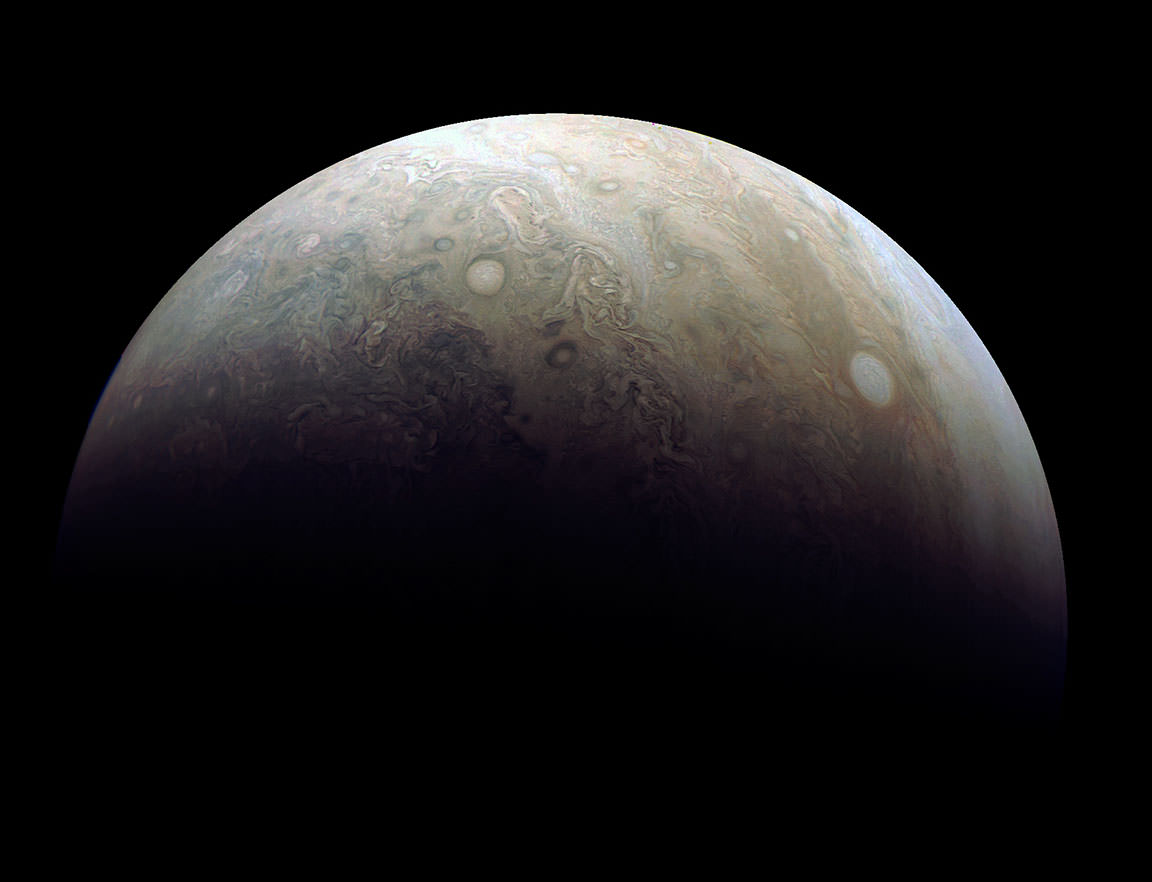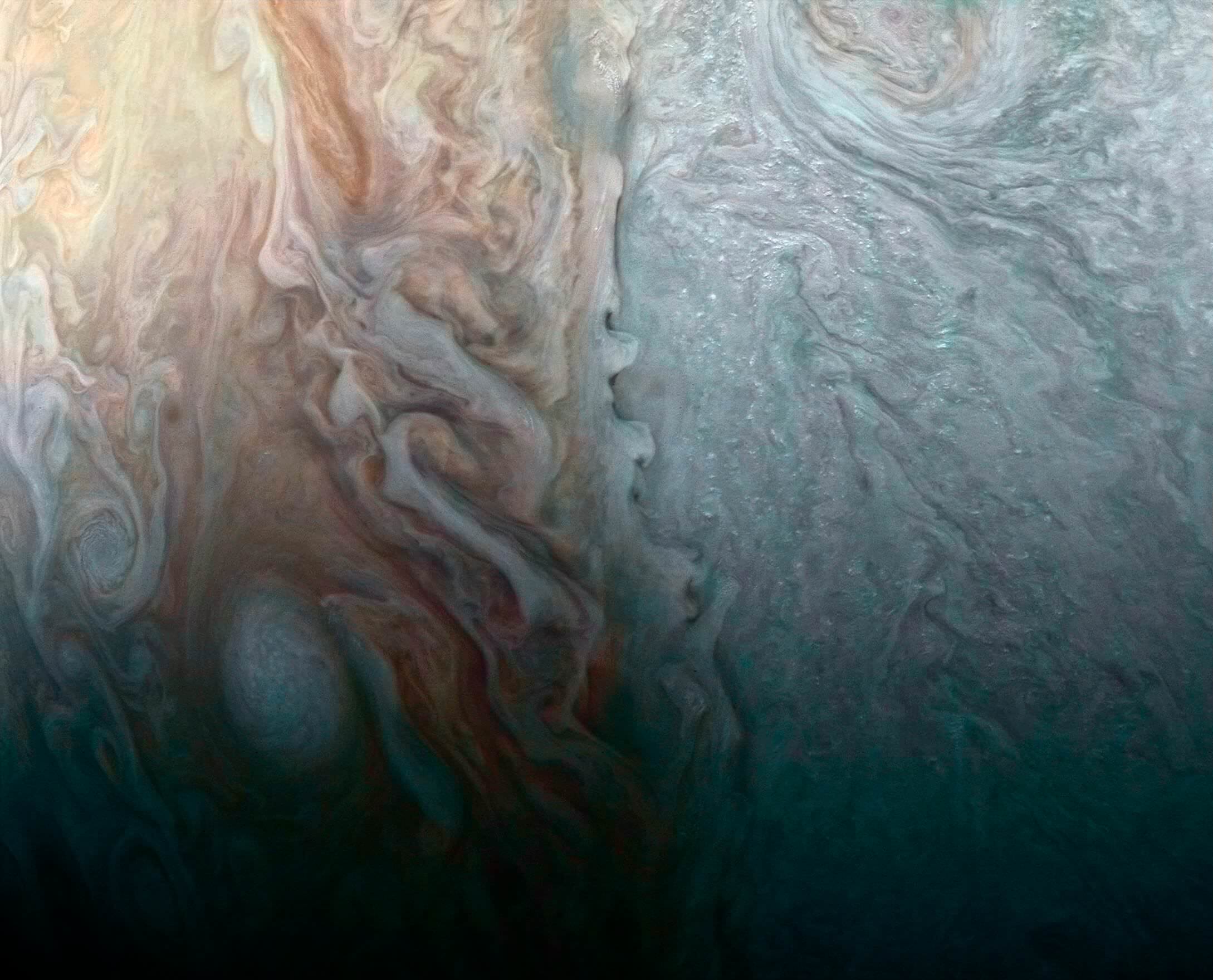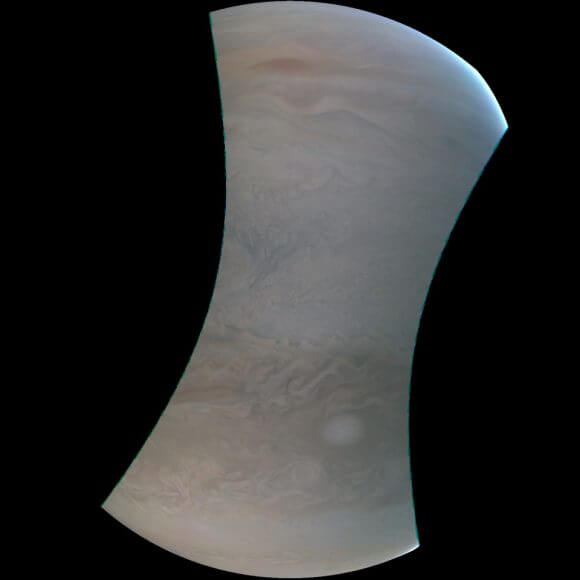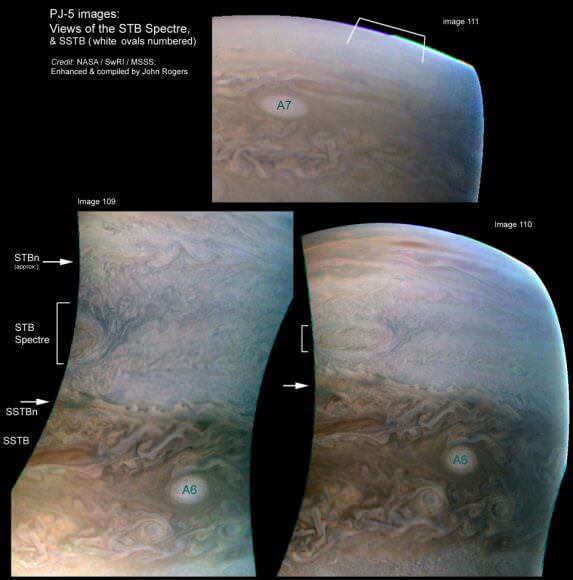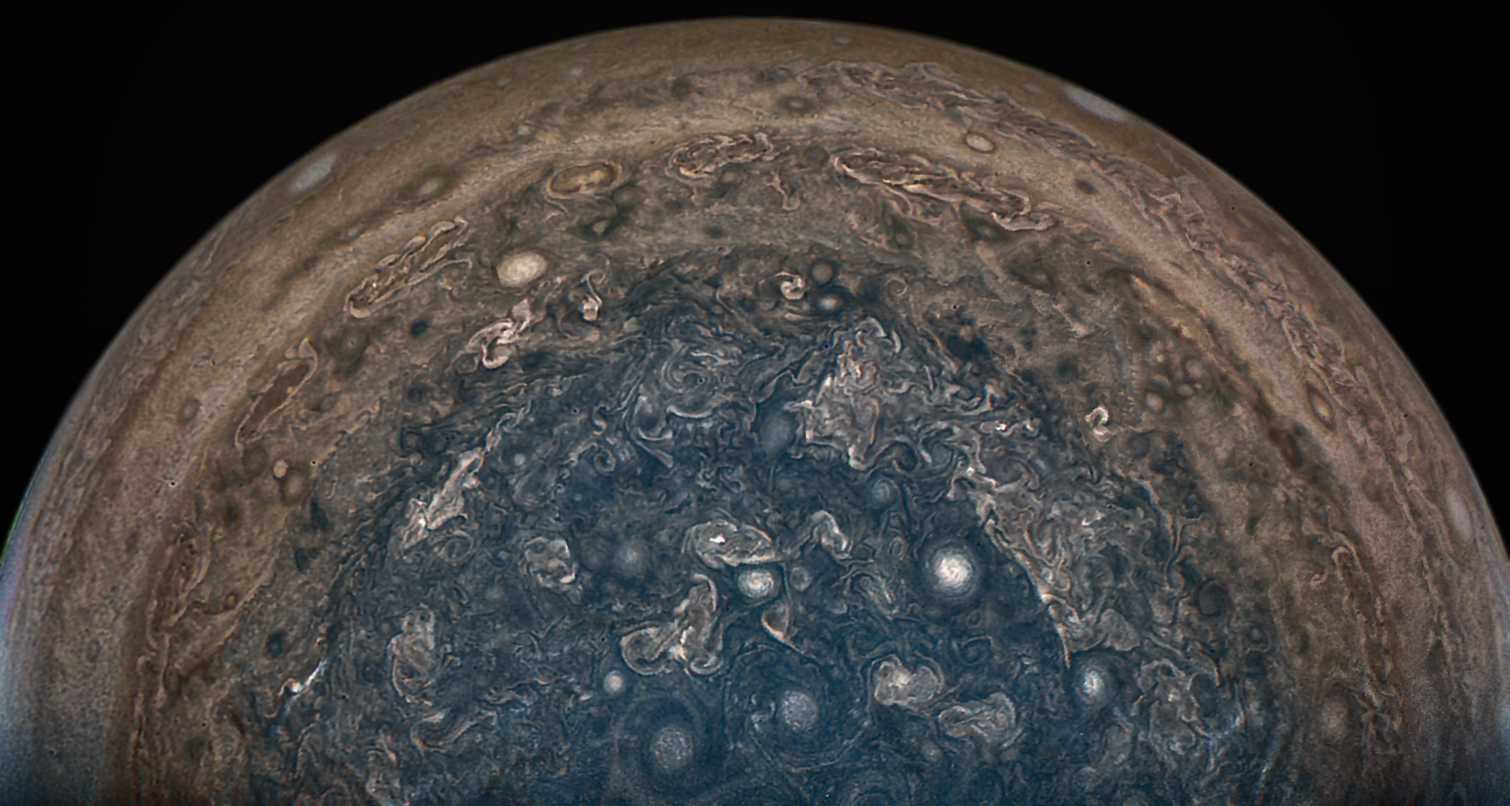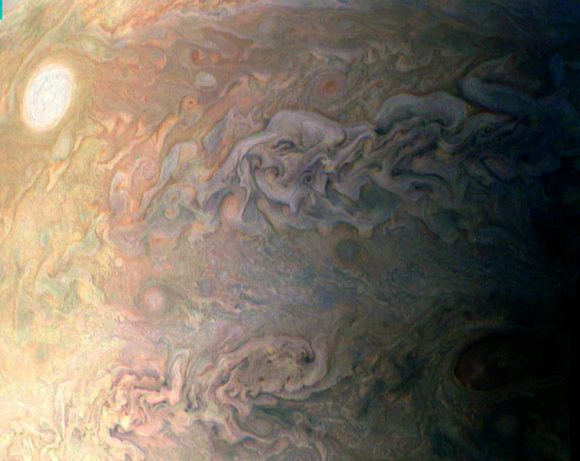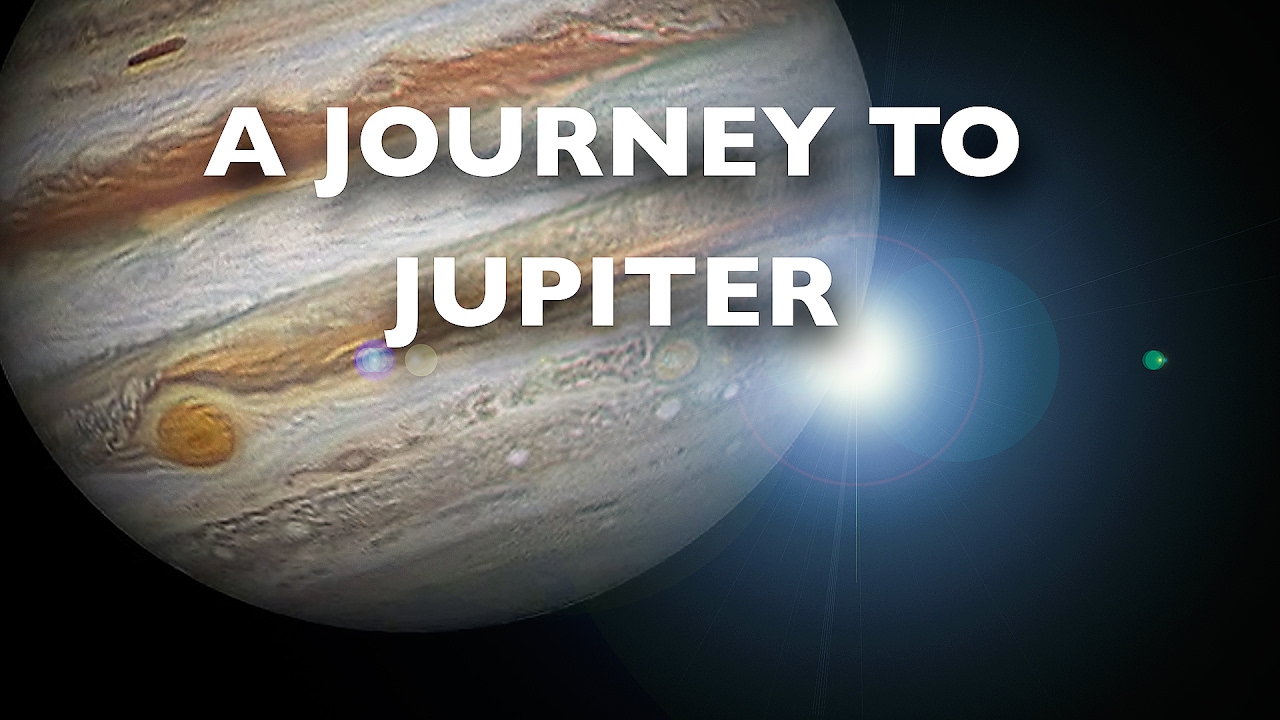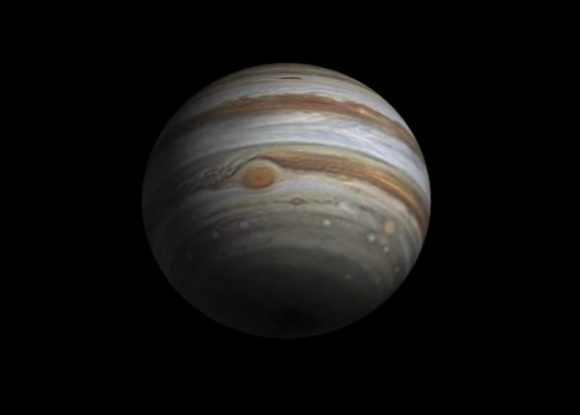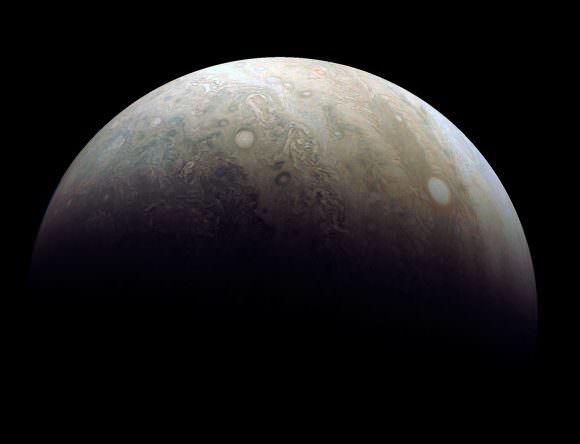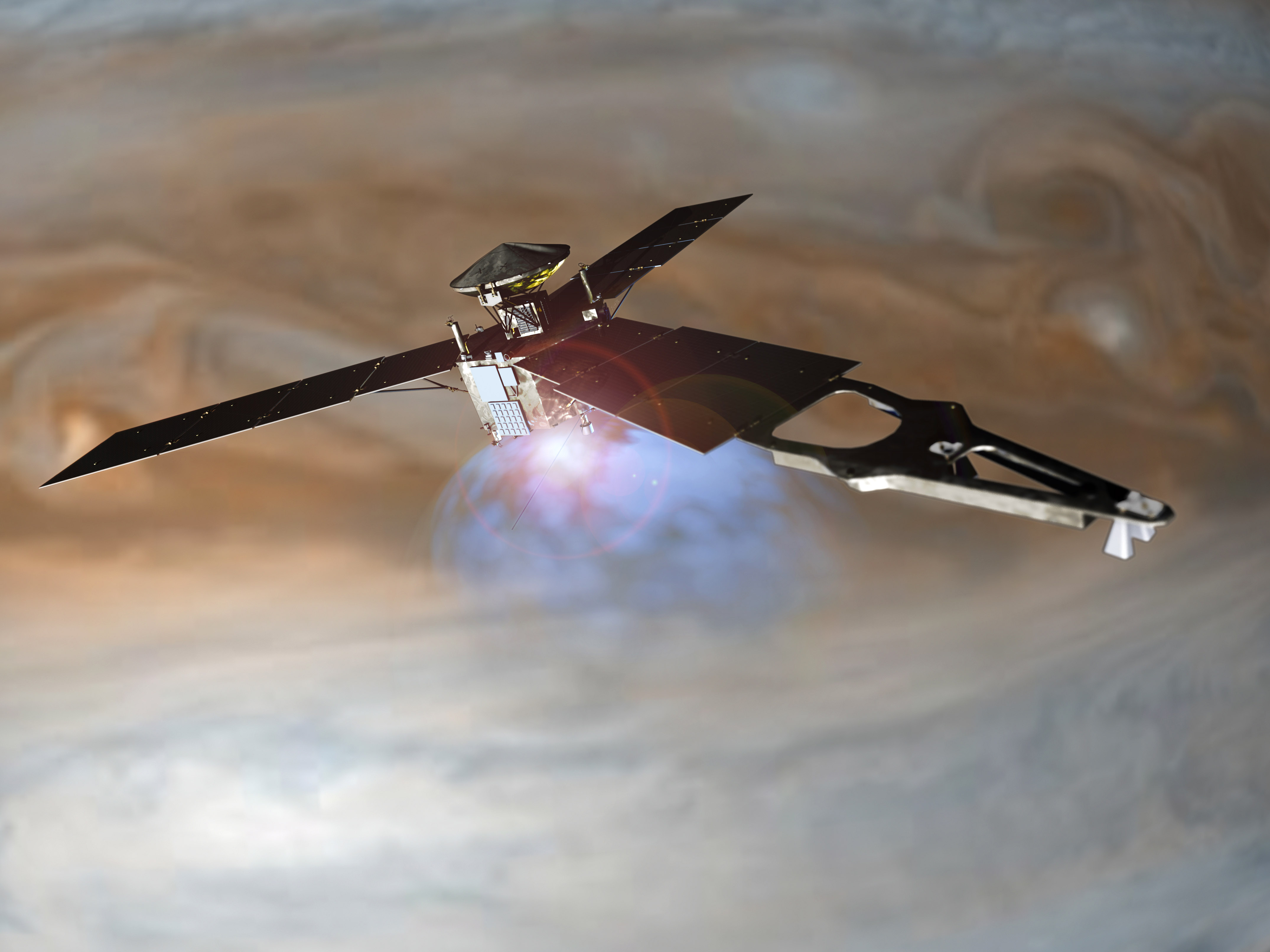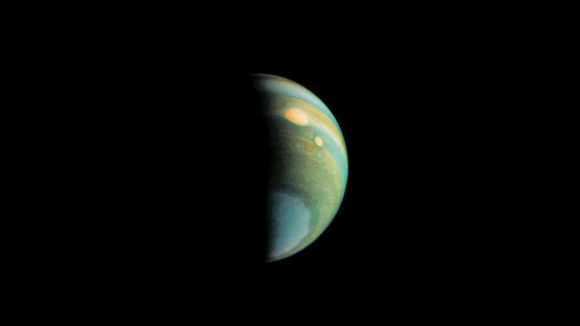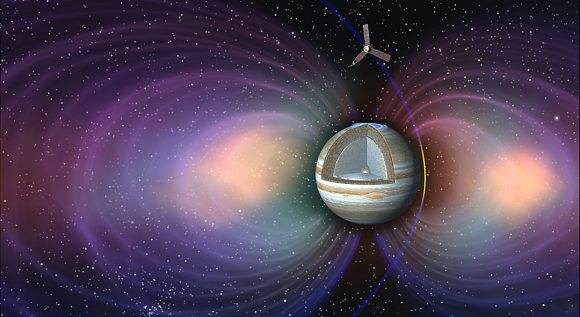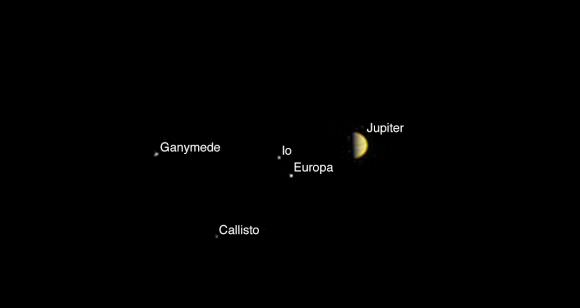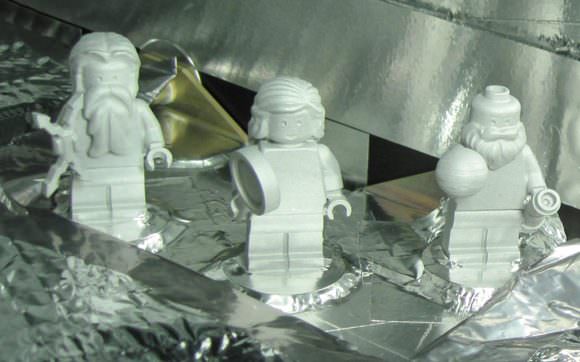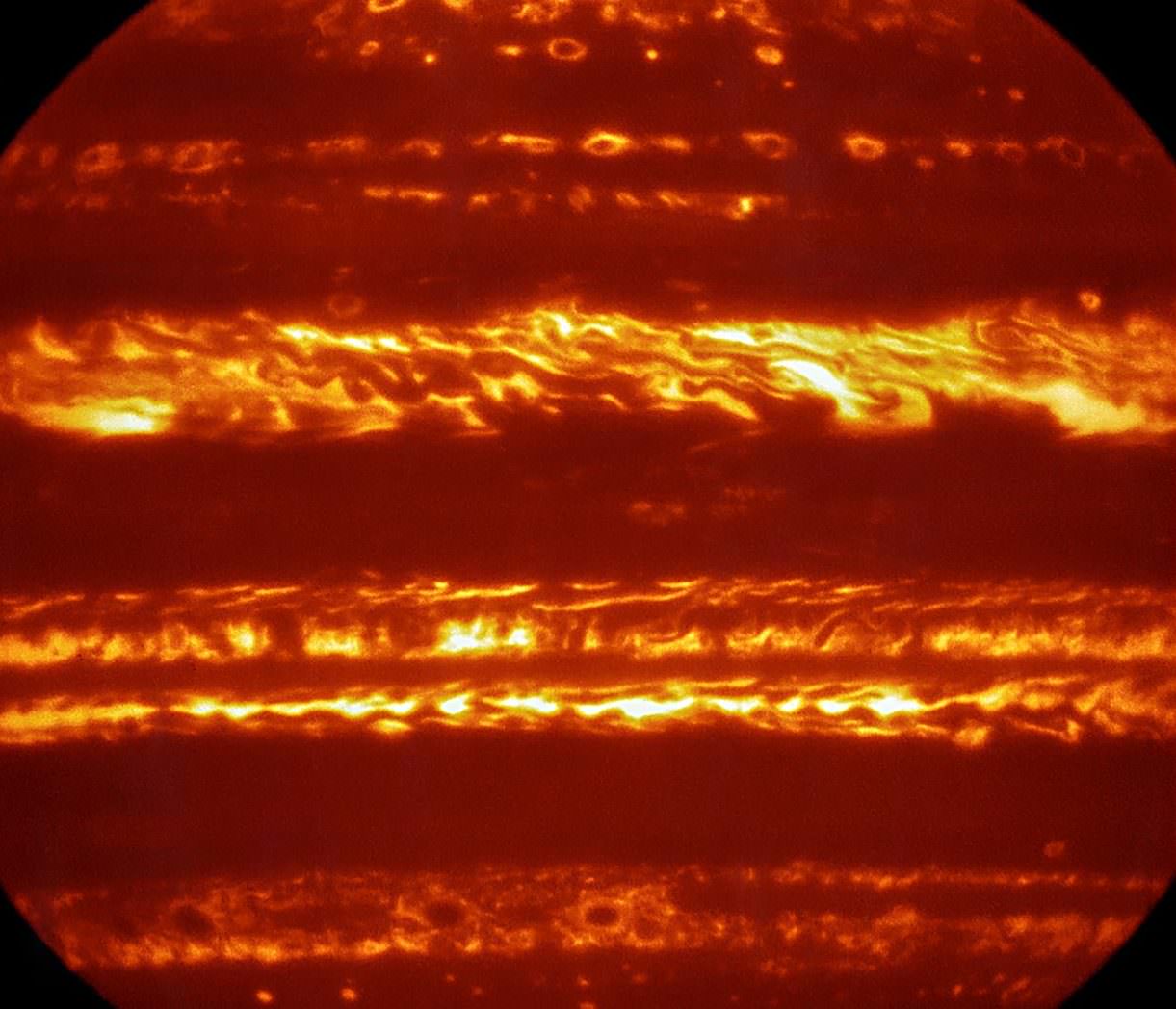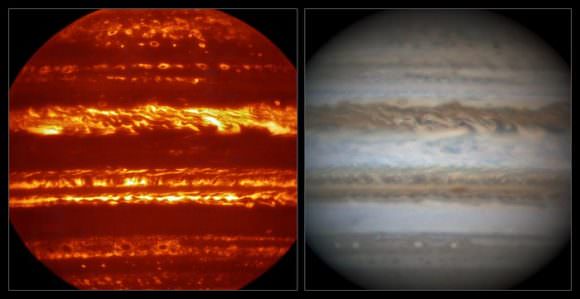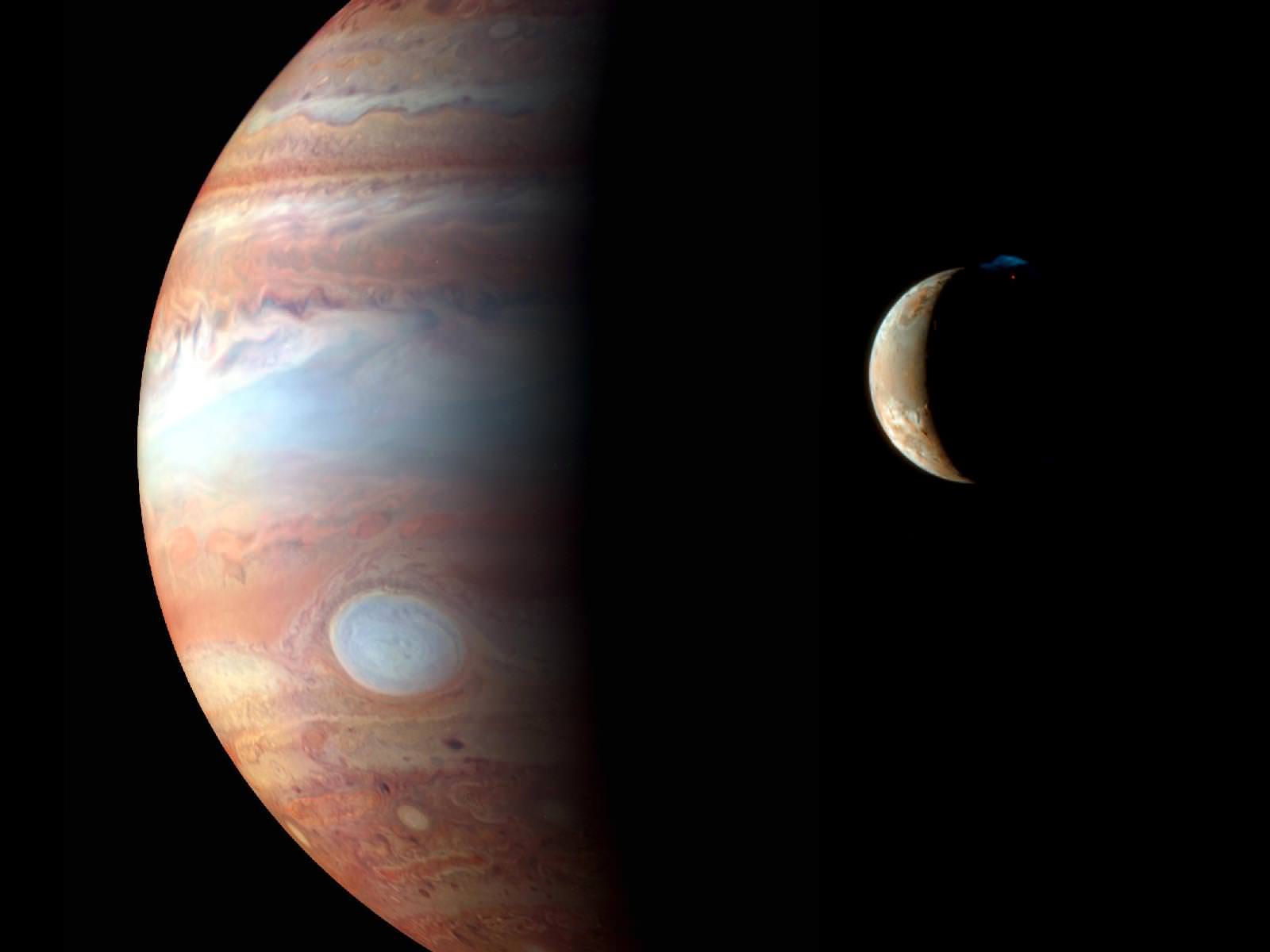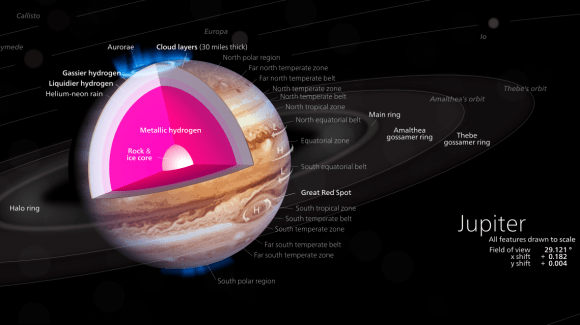The gas giants have always been a mystery to us. Due to their dense and swirling clouds, it is impossible to get a good look inside them and determine their true structure. Given their distance from Earth, it is time-consuming and expensive to send spacecraft to them, making survey missions few and far between. And due to their intense radiation and strong gravity, any mission that attempts to study them has to do so carefully.
And yet, scientists have been of the opinion for decades that this massive gas giant has a solid core. This is consistent with our current theories of how the Solar System and its planets formed and migrated to their current positions. Whereas the outer layers of Jupiter are composed primarily of hydrogen and helium, increases in pressure and density suggest that closer to the core, things become solid.
Structure and Composition:
Jupiter is composed primarily of gaseous and liquid matter, with denser matter beneath. It’s upper atmosphere is composed of about 88–92% hydrogen and 8–12% helium by percent volume of gas molecules, and approx. 75% hydrogen and 24% helium by mass, with the remaining one percent consisting of other elements.

The atmosphere contains trace amounts of methane, water vapor, ammonia, and silicon-based compounds, as well as trace amounts of benzene and other hydrocarbons. There are also traces of carbon, ethane, hydrogen sulfide, neon, oxygen, phosphine, and sulfur. Crystals of frozen ammonia have also been observed in the outermost layer of the atmosphere.
The interior contains denser materials, such that the distribution is roughly 71% hydrogen, 24% helium and 5% other elements by mass. It is believed that Jupiter’s core is a dense mix of elements – a surrounding layer of liquid metallic hydrogen with some helium, and an outer layer predominantly of molecular hydrogen. The core has also been described as rocky, but this remains unknown as well.
In 1997, the existence of the core was suggested by gravitational measurements, indicating a mass of 12 to 45 times the mass of Earth, or roughly 4%–14% of the total mass of Jupiter. The presence of a core is also supported by models of planetary formation that indicate how a rocky or icy core would have been necessary at some point in the planet’s history. Otherwise, it would not have been able to collect all of its hydrogen and helium from the protosolar nebula – at least in theory.
However, it is possible that this core has since shrunk due to convection currents of hot, liquid, metallic hydrogen mixing with the molten core. This core may even be absent now, but a detailed analysis is needed before this can be confirmed. The Juno mission, which launched in August 2011 (see below), is expected to provide some insight into these questions, and thereby make progress on the problem of the core.
Formation and Migration:
Our current theories regarding the formation of the Solar System claim that the planets formed about 4.5 billion years ago from a Solar Nebula (i.e. Nebular Hypothesis). Consistent with this theory, Jupiter is believed to have formed as a result of gravity pulling swirling clouds of gas and dust together.
Jupiter acquired most of its mass from material left over from the formation of the Sun, and ended up with more than twice the combined mass of the other planets. In fact, it has been conjectured that it Jupiter had accumulated more mass, it would have become a second star. This is based on the fact that its composition is similar to that of the Sun – being made predominantly of hydrogen.

In addition, current models of Solar System formation also indicate that Jupiter formed farther out from its current position. In what is known as the Grand Tack Hypothesis, Jupiter migrated towards the Sun and settled into its current position by roughly 4 billion years ago. This migration, it has been argued, could have resulted in the destruction of the earlier planets in our Solar System – which may have included Super-Earths closer to the Sun.
Exploration:
While it was not the first robotic spacecraft to visit Jupiter, or the first to study it from orbit (this was done by the Galileo probe between 1995 and 2003), the Juno mission was designed to investigate the deeper mysteries of the Jovian giant. These include Jupiter’s interior, atmosphere, magnetosphere, gravitational field, and the history of the planet’s formation.
The mission launched in August 2011 and achieved orbit around Jupiter on July 4th, 2016. The probe entered its polar elliptical orbit after completing a 35-minute-long firing of the main engine, known as Jupiter Orbital Insertion (or JOI). As the probe approached Jupiter from above its north pole, it was afforded a view of the Jovian system, which it took a final picture of before commencing JOI.
Since that time, the Juno spacecraft has been conducting perijove maneuvers – where it passes between the northern polar region and the southern polar region – with a period of about 53 days. It has completed 5 perijoves since it arrived in June of 2016, and it is scheduled to conduct a total of 12 before February of 2018. At this point, barring any mission extensions, the probe will de-orbit and burn up in Jupiter’s outer atmosphere.
As it makes its remaining passes, Juno will gather more information on Jupiter’s gravity, magnetic fields, atmosphere, and composition. It is hoped that this information will teach us much about how the interaction between Jupiter’s interior, its atmosphere and its magnetosphere drives the planet’s evolution. And of course, it is hoped to provide conclusive data on the interior structure of the planet.
Does Jupiter have a solid core? The short answer is, we don’t know… yet. In truth, it could very well have a solid core composed of iron and quartz, which is surrounded by a thick layer of metallic hydrogen. It is also possible that interaction between this metallic hydrogen and the solid core caused the the planet to lose it some time ago.

At this point, all we can do is hope that ongoing surveys and missions will yield more evidence. These are not only likely to help us refine our understanding of Jupiter’s internal structure and its formation, but also refine our understanding of the history of the Solar System and how it came to be.
We have written many articles about Jupiter for Universe Today. Here Ten Interesting Facts About Jupiter, How Big is Jupiter?, How Long Does it Take to get to Jupiter?, What is the Weather Like on Jupiter?, How Far is Jupiter from the Sun?, and The Orbit of Jupiter. How Long is a Year on Jupiter?
If you’d like more information on Jupiter, check out Hubblesite’s News Releases about Jupiter, and here’s a link to NASA’s Solar System Exploration Guide to Jupiter.
We’ve also recorded an episode of Astronomy Cast just about Jupiter. Listen here, Episode 56: Jupiter.
Sources:

